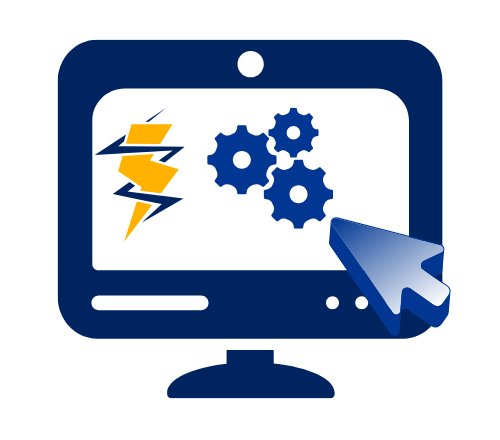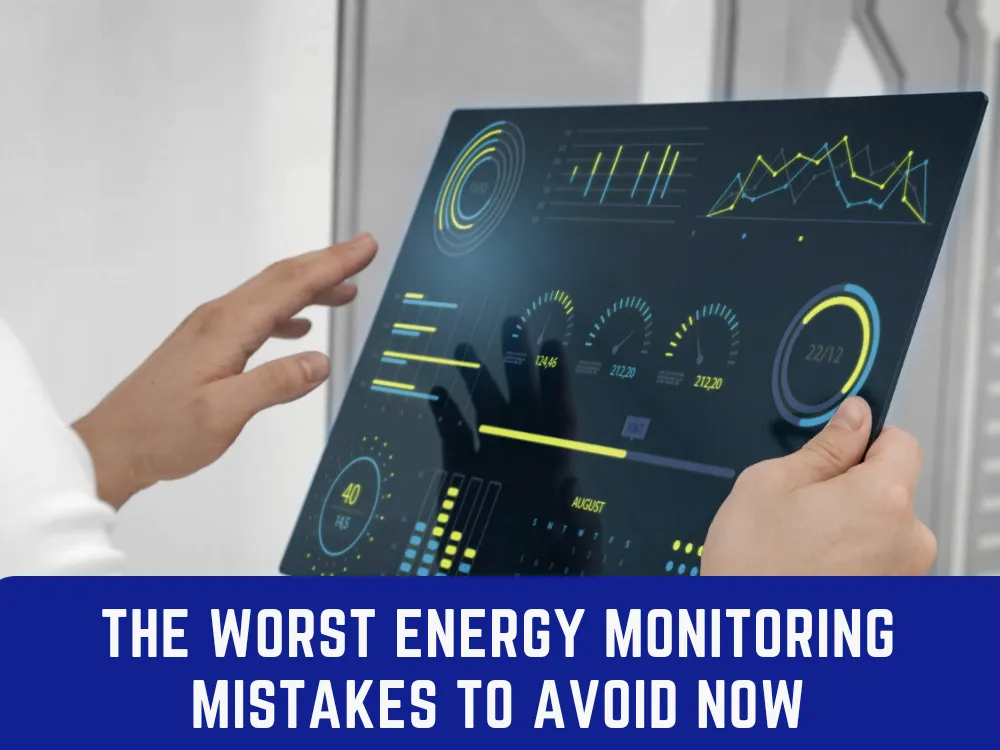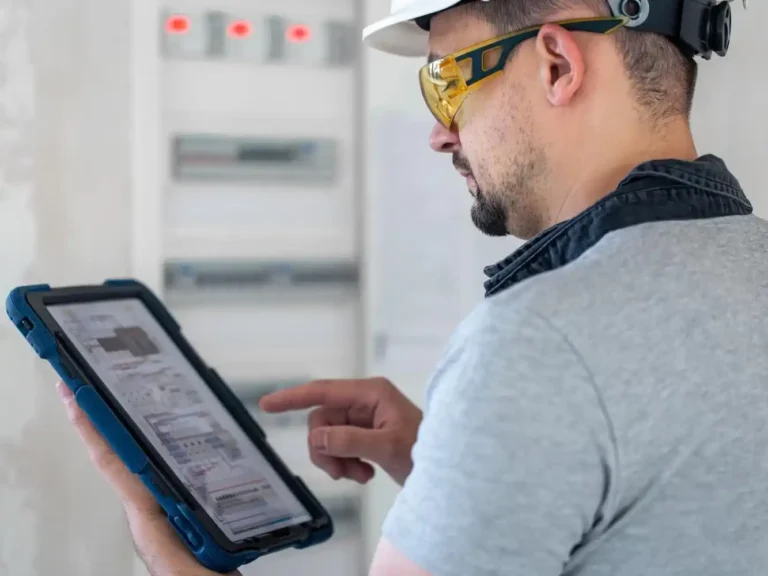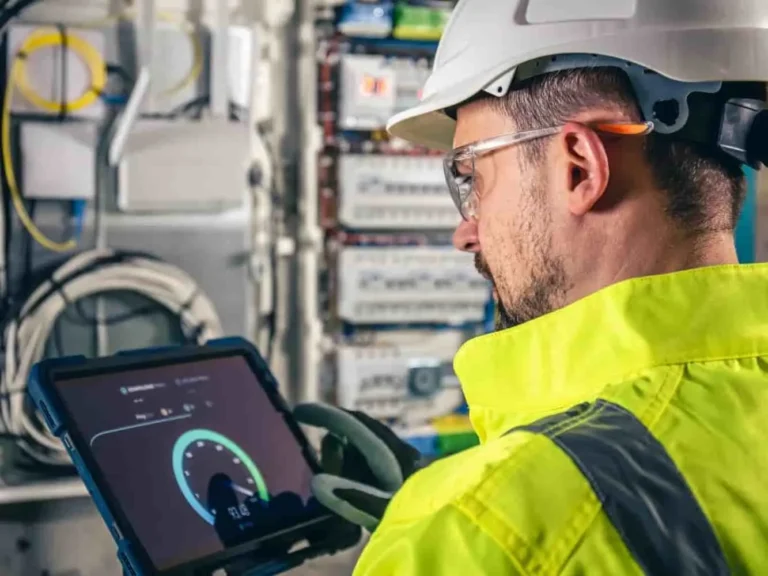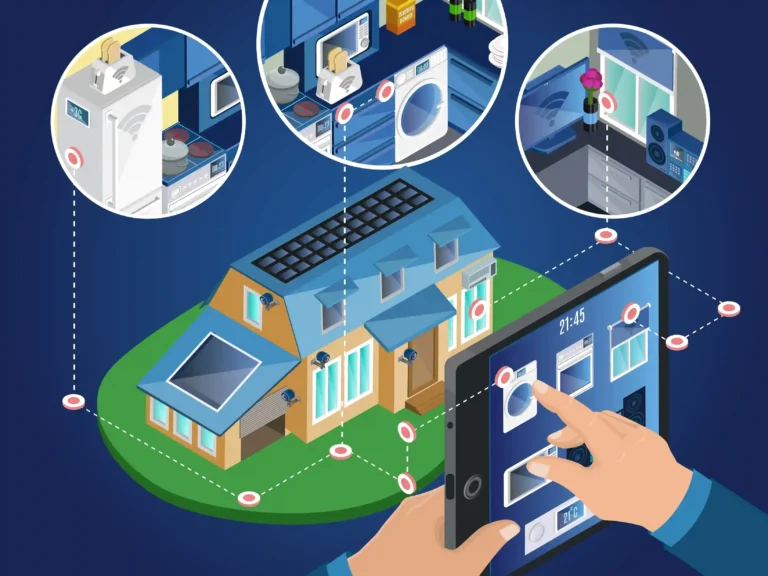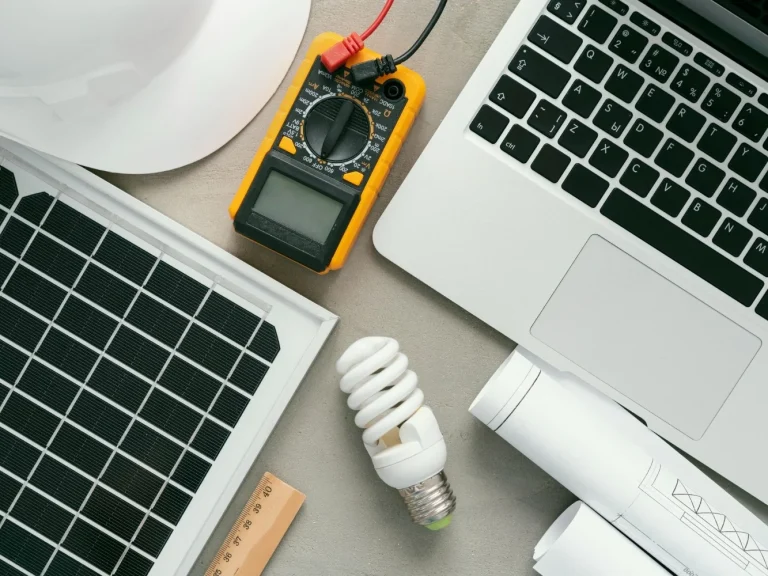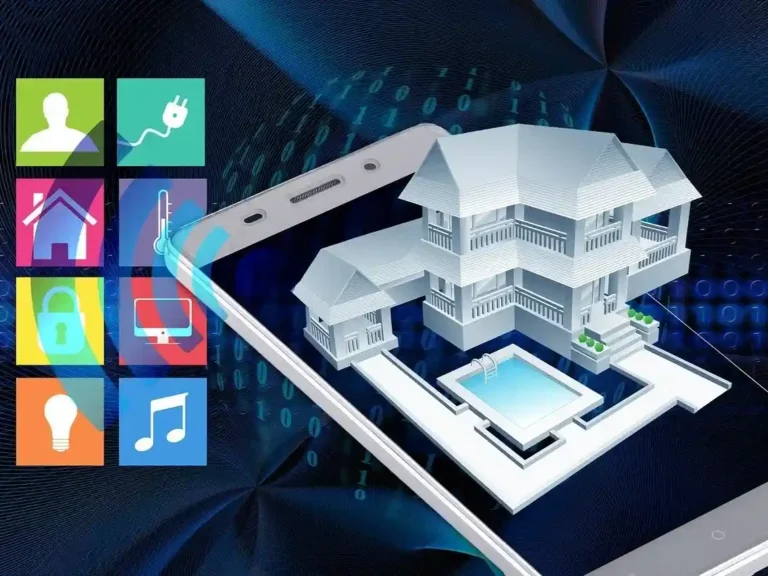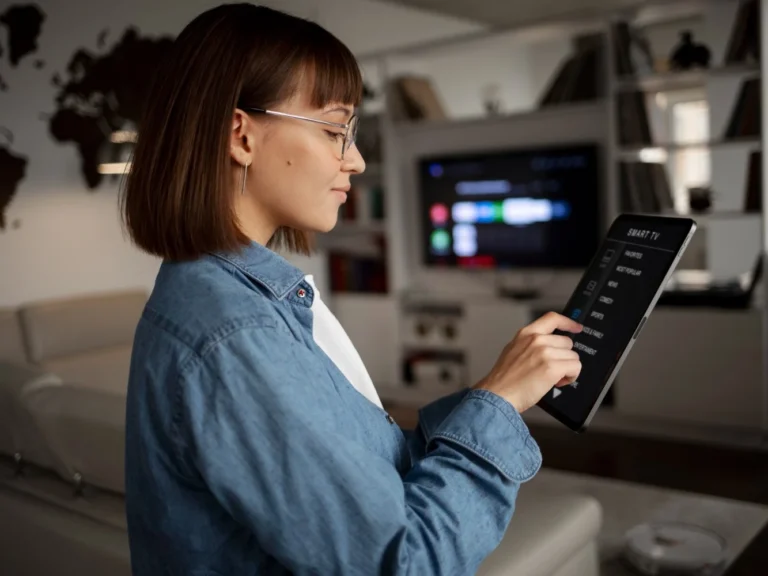The Worst Energy Monitoring Mistakes to Avoid Now
Why Energy Monitoring Matters in 2025
Energy monitoring is crucial for homeowners and businesses aiming to cut down electricity costs and enhance efficiency. A well-monitored energy system can reveal hidden energy drains, optimize consumption, and reduce environmental impact. However, taking the wrong approach can lead to wasted energy and higher bills.
Quick Stat:
According to the U.S. Department of Energy, effective energy monitoring can reduce energy costs by up to 30%.
Are you making these costly mistakes? Let’s find out!
1. Choosing the Wrong Energy Monitor
Not all energy monitors are created equal. Choosing an incompatible or low-quality monitor can result in inaccurate readings and missed savings opportunities. If you’re unsure how to pick a reliable device, it’s helpful to understand what features matters most when selecting a home energy monitor.
Mistakes to Avoid:
- Buying a monitor that doesn’t support your home’s energy system.
- Ignoring compatibility with smart home devices.
- Choosing a low-quality or unreliable brand.
Solution:
- Look for monitors that support real-time tracking, appliance-level monitoring, and smartphone integration.
- Choose a trusted brand with positive reviews.
- Ensure compatibility with solar panels or smart meters if applicable.
Curious how much energy your home is really using? Try our free energy usage calculator to get a quick estimate.
2. Incorrect Installation and Setup
A poorly installed energy monitor can provide incorrect data, making energy tracking ineffective. For a smooth setup, consider checking out this step-by-step guide to installing your energy monitor by yourself.
Mistakes to Avoid:
- Placing the sensor in the wrong location.
- Skipping calibration steps.
- Not connecting to Wi-Fi or mobile apps properly.
Solution:
- Follow the manufacturer’s step-by-step installation guide.
- Ensure the monitor is securely clamped onto the right circuit.
- Regularly calibrate and test the device to verify accuracy.
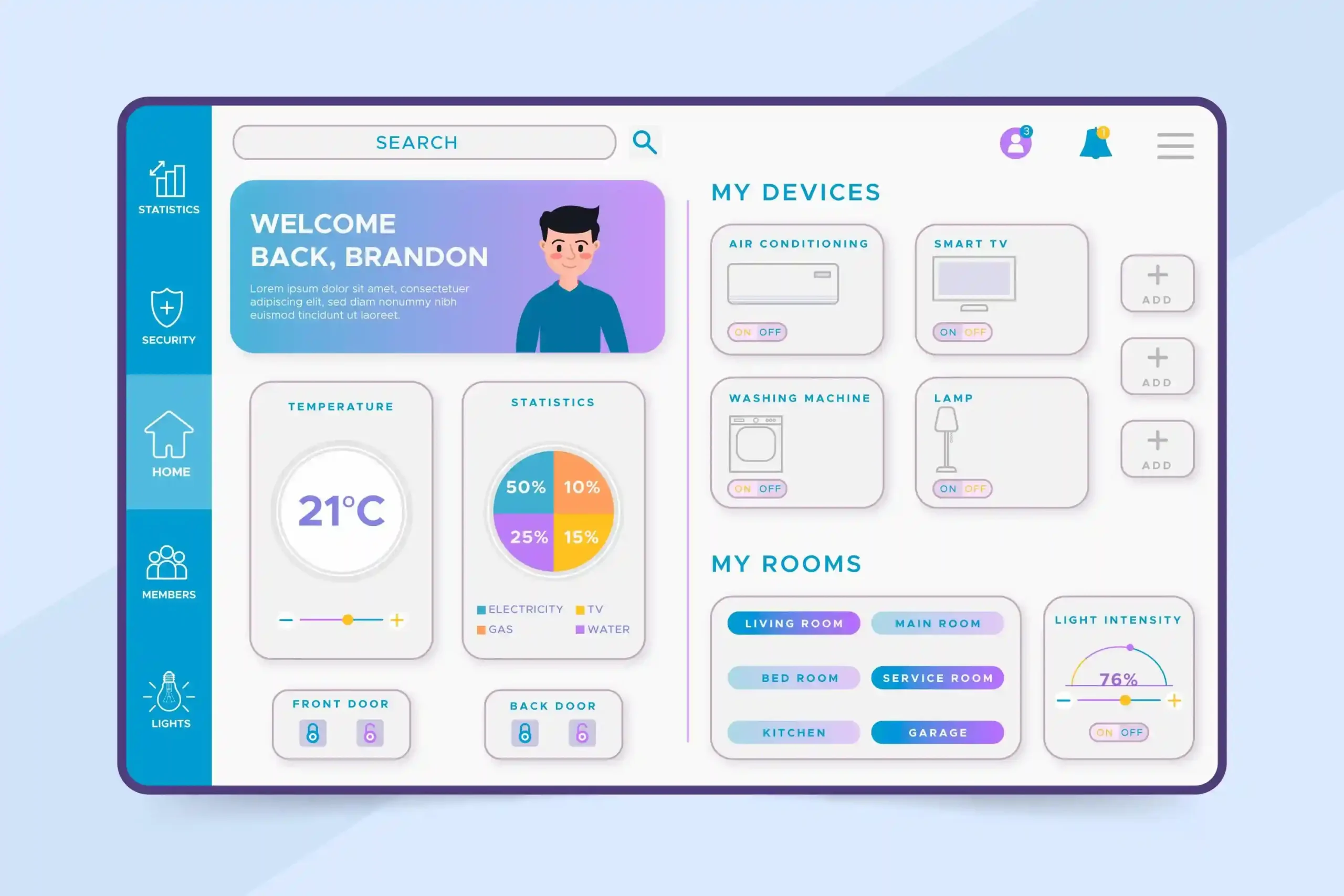
3. Ignoring Real-Time Data and Alerts
Modern energy monitors provide real-time data and alerts, allowing you to take immediate action on energy spikes. To see how this technology powers works, explore how energy tracking tools reduce utility bills over time.
Mistakes to Avoid:
- Not checking reports regularly.
- Ignoring high-energy consumption alerts.
- Not setting up automation to optimize energy usage.
Solution:
- Enable push notifications for unusual energy spikes.
- Use smart home integrations to automate energy-saving actions.
- Review weekly and monthly reports to adjust energy habits.
Want to know how much your fridge or AC is costing you every month? Use our energy usage calculator for real insights.
4. Not Monitoring Individual Appliances
Tracking overall energy consumption is useful, but failing to monitor individual appliances can lead to missed savings. Start by using smart plug devices that give you detailed appliance-level insights.
Mistakes to Avoid:
- Overlooking power-hungry devices.
- Not tracking usage patterns for high-energy appliances.
Solution:
- Use smart plugs and sub-meters for better insights.
- Identify inefficient appliances and upgrade to energy-efficient models.
5. Misinterpreting Energy Usage Reports
Energy data is only useful if understood correctly.
Mistakes to Avoid:
- Confusing kWh (kilowatt-hours) with watts.
- Not understanding peak and off-peak hours.
Solution:
- Learn the difference between energy (kWh) and power (W).
- Adjust appliance usage based on off-peak hours for cost savings.
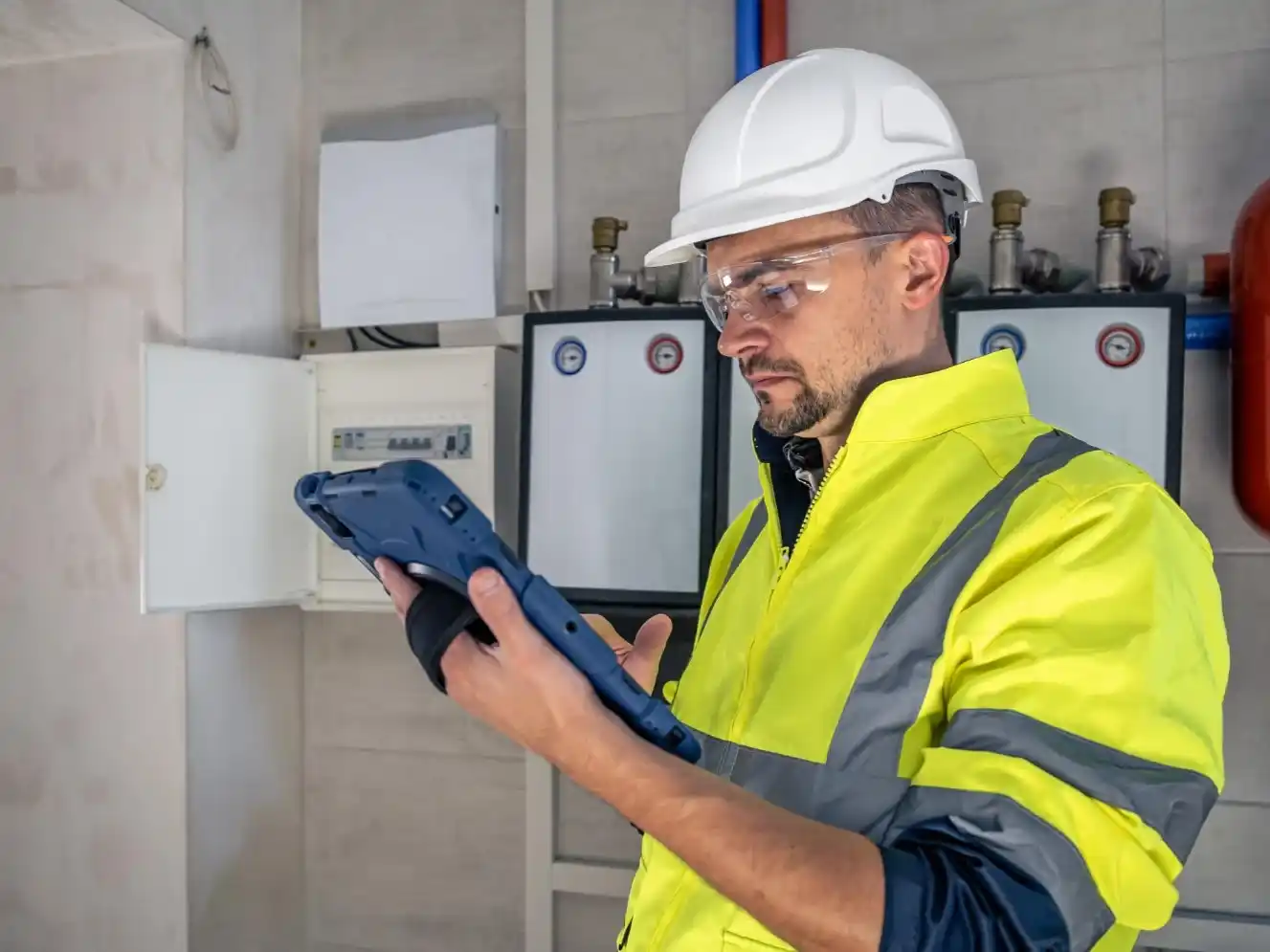
6. Failing to Take Action on Insights
Monitoring alone won’t save energy—you must act on the data provided.
Mistakes to Avoid:
- Seeing high energy usage but not making changes.
- Delaying maintenance on inefficient appliances.
Solution:
- Set monthly energy-saving goals.
- Perform regular maintenance on heating, cooling, and large appliances.
7. Relying Only on the Monitor Without Other Energy-Saving Measures
An energy monitor is a tool, not a complete solution. Pairing it with a smart home setup can amplify results and here’s how to connect your monitor with smart automation systems.
Mistakes to Avoid:
- Not using energy-efficient appliances.
- Ignoring insulation and HVAC efficiency.
Solution:
- Upgrade to ENERGY STAR appliances.
- Improve home insulation and use smart thermostats for efficiency.
Conclusion: Use Your Energy Monitor the Right Way!
Avoiding these common mistakes ensures that your energy monitor helps you reduce costs and improve efficiency.
Quick Reminder:
A good energy monitor is only useful if you use it correctly!
Ready to optimize your energy usage? Start by fixing these mistakes today—and don’t forget to explore different types of energy monitors to find the one that fits your needs.
FAQs
A: One of the biggest mistakes is choosing the wrong energy monitor—either one that’s incompatible with your home’s electrical setup or one that lacks essential features like real-time tracking or smart home integration.
A: Yes. Incorrect installation—like placing sensors on the wrong circuit or skipping calibration—can lead to inaccurate data, making the monitor ineffective.
A: While overall usage is helpful, monitoring individual appliances provides deeper insights. It helps identify which devices are using the most energy and lets you take targeted actions to reduce costs.
A: It’s best to check your energy usage daily or weekly, especially if your monitor supports real-time data. This helps you catch sudden spikes and make timely adjustments.
A: Many modern energy monitors integrate with solar inverters, allowing you to track solar production and energy usage in real time. Always check the monitor’s compatibility before buying.
A: According to the U.S. Department of Energy, effective energy monitoring and smart energy management can reduce your electricity costs by up to 30%.
